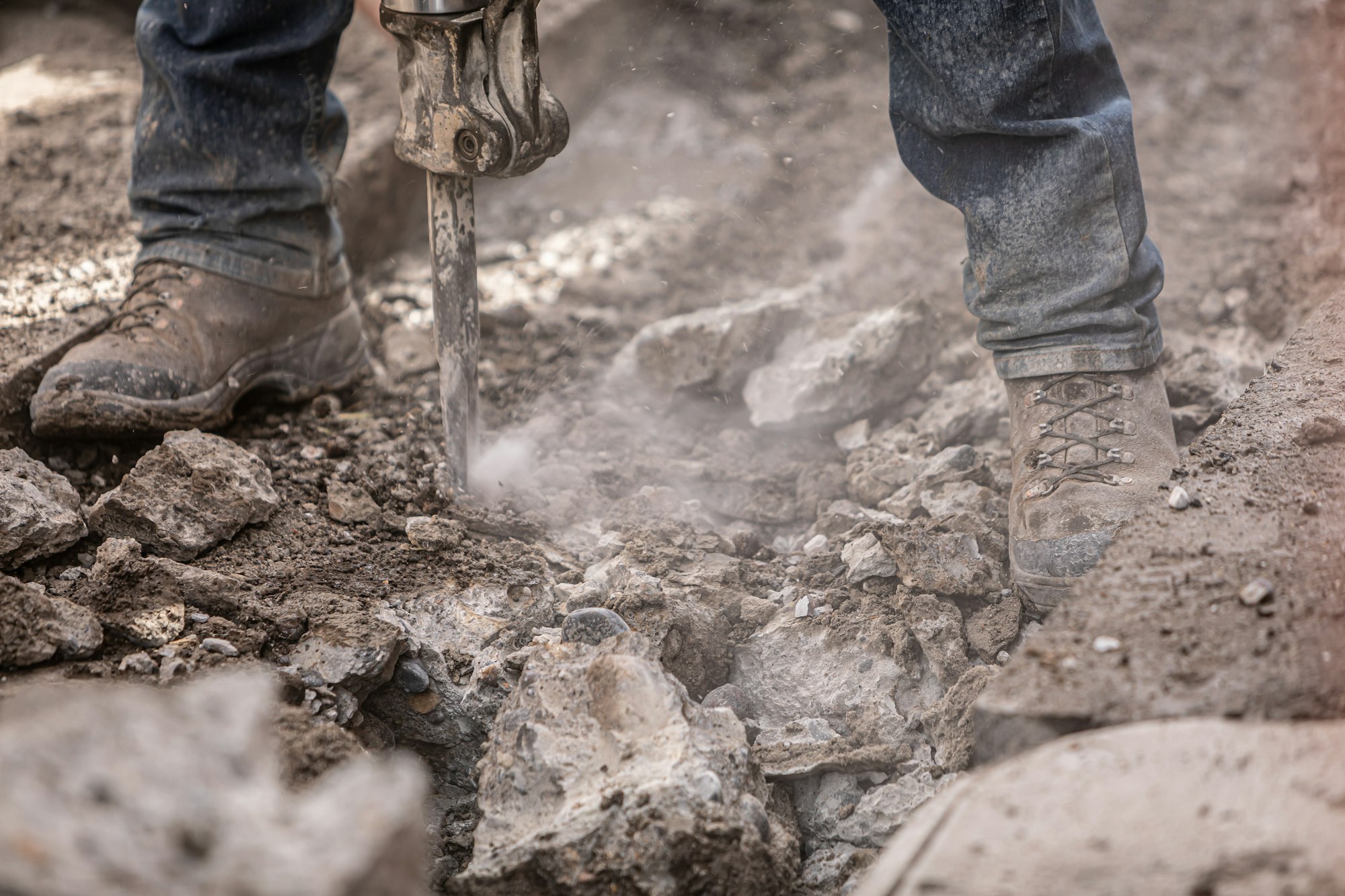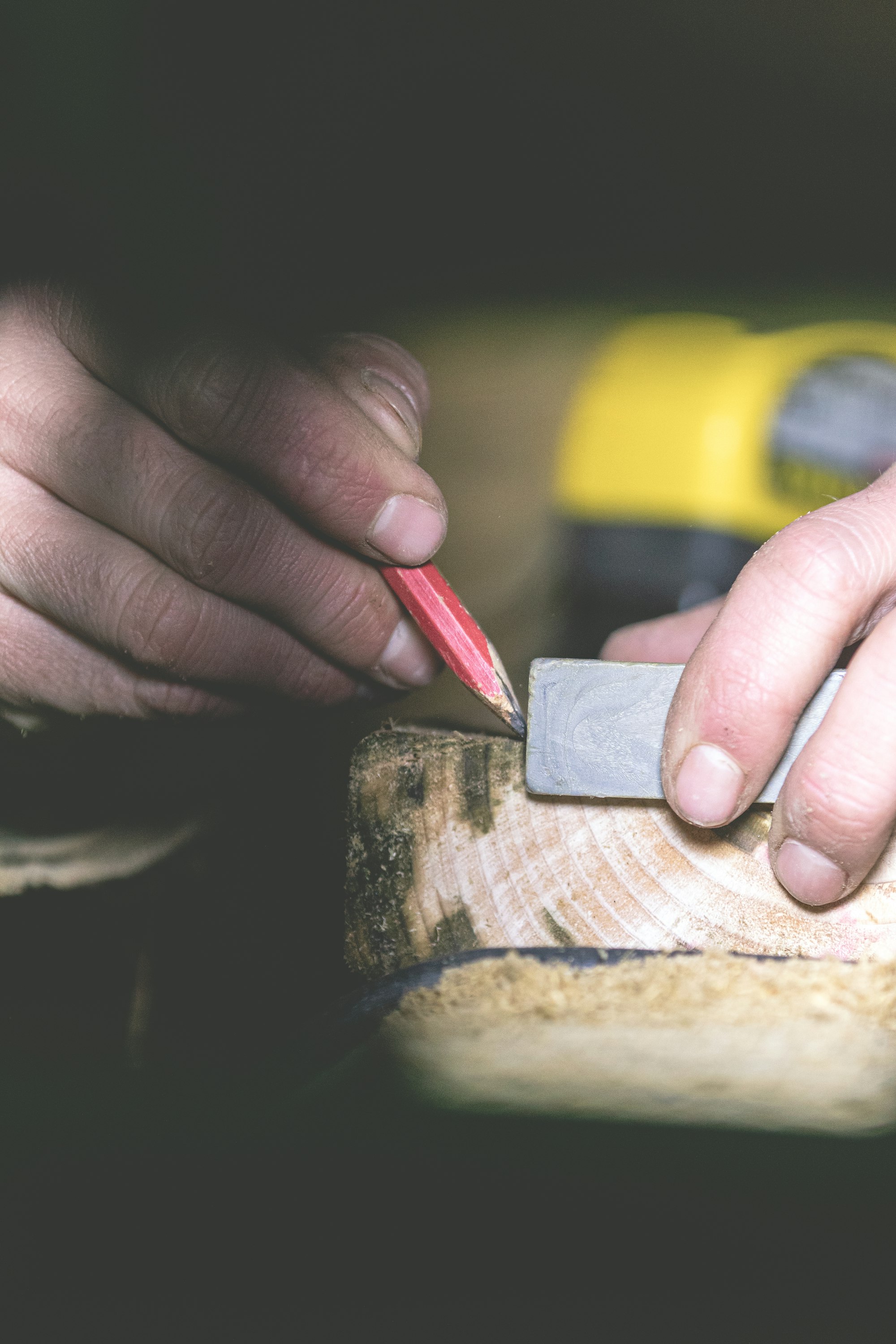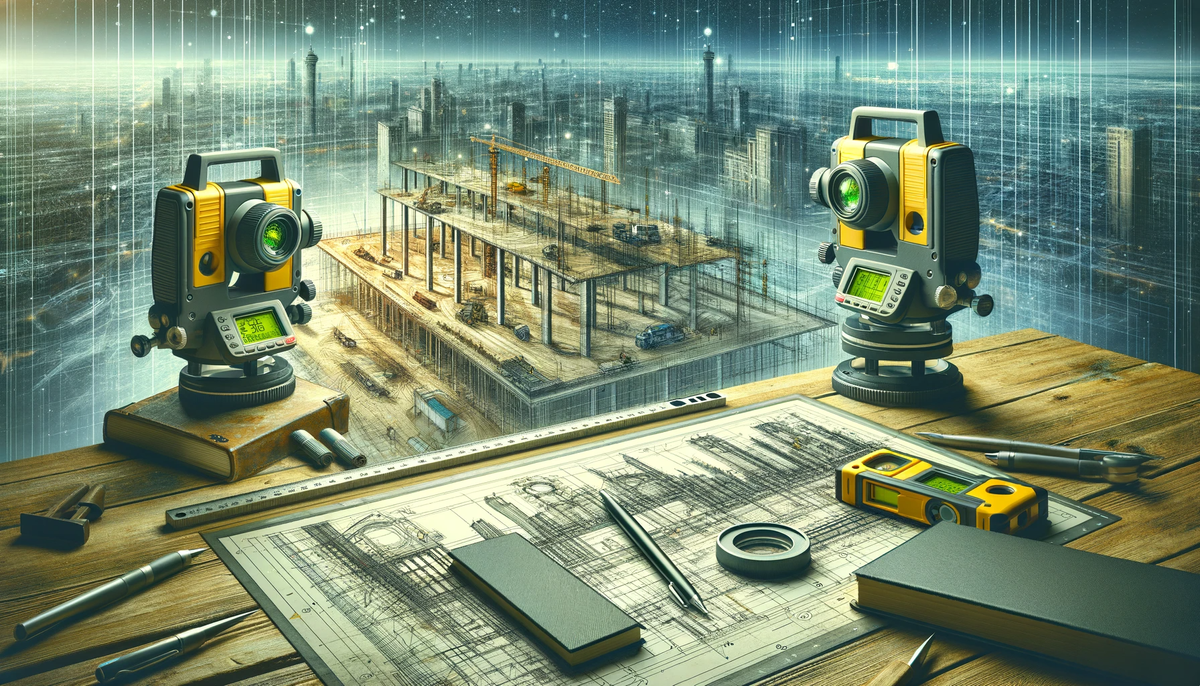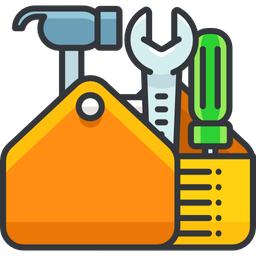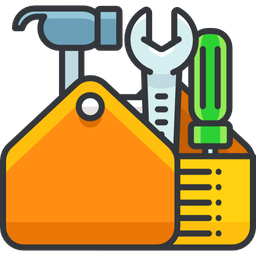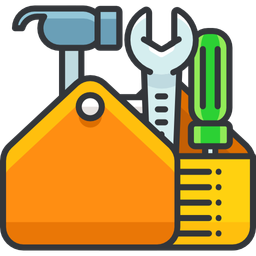Introduction
As a prospective homeowner, stepping onto a construction site can feel like a new world filled with specialised tools and new terminology. Understanding construction tools—ranging from basic hand tools to advanced power tools—is important for you make informed decisions.
Understanding the Essential Tools List
What is an Essential Tools List?
An essential tools list is a comprehensive inventory of tools and equipment required to carry out various tasks in a construction project.
Alternative Names
Depending on the region or specific construction practices, the essential tools list might also be referred to as:
- Construction Worker’s Toolbox Inventory
- Construction Site Equipment Checklist
- Building Construction Tools and Equipment Checklist
- Construction Equipment and Tool Inventory
- Construction Worker’s Essential Tools Checklist
When and Why You Need the Right Tools
Timing is Everything
Having the right construction tools available at the appropriate stages of the construction process is crucial. From laying the foundation to the final finishes, each phase requires specific tools:
- Foundation and Framing: Tools like concrete mixers, plumb bobs, and levels are essential for creating a solid and level base.
- Structural Work: Power tools such as circular saws, cordless drills, and rotary hammers are used for cutting and assembling structural components.
- Finishing Touches: Handheld tools like utility knives, tape measures, and miter saws are vital for precise measurements and clean finishes.
Benefits of Using the Right Tools
- Efficiency: The appropriate tools streamline various tasks, reducing construction time.
- Quality: High-quality tools ensure accurate measurements and clean cuts, leading to superior workmanship.

What's Included in the Essential Tools List?
Basic Hand Tools
- Hammer: A hammer is indispensable for driving nails, fitting parts, and breaking objects. It's a fundamental tool for framing, roofing, and finishing tasks. The claw hammer, in particular, allows for both driving nails and removing them, making it versatile for various construction activities.
- Screwdrivers: Screwdrivers are used for inserting and removing screws. They come in various types, such as flat-head and Phillips, to match different screw heads. Precision screwdrivers are also used for detailed tasks like electrical work.
- Tape Measure: A tape measure ensures accurate measurements, which are critical for cutting materials to the correct size and ensuring components fit together properly. Accuracy in measurement prevents material wastage and structural issues.
- Utility Knife: Utility knives are used for cutting materials like drywall, insulation, and packaging. They provide precision and control, essential for tasks requiring clean cuts. Retractable blades enhance safety when the knife is not in use.
- Level: A level ensures structures are level and straight, which is vital for stability and aesthetics. It helps in aligning elements like walls, doors, and windows, preventing issues like uneven floors or misaligned fixtures.

Power Tools
- Circular Saw: Circular saws are used for making straight cuts in wood, metal, and plastic. They are used for framing and cutting large panels, offering speed and precision over manual saws.
- Rotary Hammer: Rotary hammers are powerful tools designed for heavy-duty drilling in hard materials like concrete and masonry. They combine rotation with a hammering action, making them ideal for tasks like anchoring and demolition.
- Mitre Saws: Mitre saws are used for making precise angled cuts, crucial for tasks like installing moulding, trim, and framing. They allow for quick, accurate cuts at various angles, enhancing efficiency and finish quality.

Measuring and Levelling Tools
- Measuring Wheel: Measuring wheels are used for measuring long distances, such as property boundaries or large floor plans. They provide quick and reasonably accurate measurements over uneven terrain, aiding in site planning.
- Laser Levels: Laser levels project a constant level line across a surface, allowing for precise alignment over long distances. They are invaluable for tasks like installing drop ceilings, aligning cabinets, or levelling floors.
- Chalk Line: Chalk lines are used to mark long, straight lines on flat surfaces, guiding cuts or placements. They are essential for ensuring straightness in tasks like laying tiles or framing walls.

Safety Gear (Personal Protective Equipment - PPE)
- Hard Hat: Hard hats protect against head injuries from falling objects or accidental bumps. They are mandatory on construction sites to safeguard workers from potential hazards.
- Safety Glasses: Safety glasses shield eyes from dust, debris, and chemical splashes. They are crucial for preventing eye injuries during cutting, grinding, or chemical handling.
- Noise Protection: Prolonged exposure to loud machinery like circular saws, nail guns, and concrete mixers can cause permanent hearing damage.
Using earmuffs or earplugs helps protect against high decibel levels and ensures long-term hearing health for construction workers and contractors.

Specialised Tools
- Concrete Mixer: Concrete mixers combine cement, sand, and water to create concrete. They ensure a uniform mix, which is vital for the strength and durability of structures like foundations and slabs.
- Concrete Vibrator: Concrete vibrators remove air bubbles from freshly poured concrete, ensuring it settles properly and achieves maximum strength. They prevent voids and weak spots in the finished structure.
- Pipe Cutter: Pipe cutters provide clean, precise cuts on pipes, essential for plumbing and HVAC installations. They are safer and more efficient than using saws, reducing the risk of uneven cuts or pipe damage.
- Dovetail Jig: Dovetail jigs assist in creating dovetail joints, known for their strength and aesthetic appeal in woodworking. They ensure accuracy and consistency, which is difficult to achieve manually.
Who Uses These Tools?
The essential tools list is utilised by various professionals in the construction industry:
- Construction Workers: Handle day-to-day tasks on the construction site.
- General Contractors: Oversee the construction process and ensure the right tools are available.
- Professional Contractors: Specialise in specific trades and require specialised tools.
- DIY Enthusiasts: Homeowners who take on building projects themselves.
- Business Owners: Manage construction projects and ensure their teams have the necessary equipment.
Why Should You Use an Essential Tools List?
Streamlined Construction Process
Having a comprehensive list ensures that all necessary tools are accounted for, reducing delays caused by missing equipment.
Cost-Effective
By identifying the essential tools, you can make informed decisions about purchases, avoiding unnecessary expenses on seldom-used equipment.
Challenges in Implementing an Essential Tools List
Initial Investment
Acquiring high-quality tools can be expensive. However, investing in reputable brands ensures durability and long-term savings.
Tool Maintenance
Regular maintenance is required to keep tools in optimal condition, which can be time-consuming.
Storage and Organisation
Proper storage solutions are necessary to keep tools organised and easily accessible, which may require additional investment.
Best Practices and Recommendations
Regularly Update the Tools List
As construction technology evolves, new tools become available. Regularly reviewing and updating your tools list ensures you have the best tools for various tasks.
Invest in Multi-Functional Tools
Opt for versatile tools that can perform multiple functions, reducing the number of tools needed and saving space.
Digital Administration of Tools Lists
Can They Be Administered Digitally?
Yes, managing your construction tools list digitally offers numerous advantages, including real-time updates, improved organisation, and enhanced collaboration among team members. Digital tools can help track equipment usage, schedule maintenance, and monitor inventory levels, ensuring that the right tools are available when needed. Several software solutions are designed specifically for construction project management:
- Procore: A comprehensive platform that centralises project data, communication, and documentation in real-time.
- Buildertrend: Offers features like scheduling, budgeting, and client communication tools.
- PlanGrid: Provides access to project information even offline, with tools for document management and collaboration.
- Fieldwire: Enables field teams to manage tasks, plans, and schedules efficiently.
By integrating these digital solutions into your construction workflow, you can streamline tool management processes, reduce errors, and enhance efficiency.
Final Word: Build Smarter, Not Harder
Understanding the essential tools for a construction project isn’t just for the pros—it’s how you take control of your build. From cordless drills to concrete mixers and safety gear, having the right tools on hand means fewer delays, better quality, and safer work conditions.
Frequently Asked Questions (FAQ’s)
1. What are the most essential hand tools for a construction project?
Essential hand tools form the backbone of any construction project, facilitating a range of tasks from measuring to assembling. A tape measure is crucial for taking accurate measurements, ensuring materials fit correctly.
Hammers are indispensable for driving nails and breaking objects. Screwdrivers allow for the insertion and removal of screws, essential in framing and finishing. A utility knife is used for cutting materials like drywall and insulation. Levels ensure structures are level and plumb, critical for stability. Pliers and wrenches are used for gripping and turning objects, while chalk lines help in marking straight lines on surfaces. These tools are fundamental for both professionals and DIY enthusiasts.
2. What safety gear should be included in the essential tools list?
Safety gear, or personal protective equipment (PPE), is crucial for protecting construction workers from potential hazards on the job site. Essential safety gear includes a hard hat to protect against head injuries from falling objects, safety glasses to shield eyes from dust and debris, and gloves to protect hands from cuts and abrasions.
Steel-toed boots safeguard feet from heavy objects, while ear protection is necessary in noisy environments. A tool belt keeps essential tools within easy reach, reducing the need for unnecessary movement. High-visibility clothing ensures workers are seen, especially in low-light conditions, enhancing overall safety.
3. Are there versatile tools that can perform multiple tasks?
Yes, several versatile tools are designed to perform multiple tasks, making them invaluable in construction projects. For instance, cordless drills can drill holes and drive screws, eliminating the need for separate tools.
Multi-tools combine various functions like cutting, sanding, and scraping into one compact device. Oscillating tools can handle tasks ranging from grout removal to plunge cuts. Rotary hammers can drill and chisel, suitable for masonry work. Investing in such multi-functional tools can save space, reduce costs, and increase efficiency on the job site, especially for DIY enthusiasts and small-scale projects.
4. Why is tool maintenance important in construction projects?
Regular tool maintenance is crucial for ensuring the safety, efficiency, and longevity of equipment used in construction projects. Properly maintained tools are less likely to malfunction, reducing the risk of accidents and project delays. Moreover, maintenance helps in identifying potential issues early, preventing costly repairs and downtime. Neglecting maintenance can lead to premature wear and tear, compromising the performance and reliability of tools.
5. How do I choose high-quality tools for a construction project?
Start by identifying your needs based on the construction process and expected workload. Tools made with high-quality materials, from reputable brands, tend to last longer and offer better safety features. Check product reviews, warranties, and performance specifications. For heavy use, opt for professional contractor-grade equipment. The best way to avoid problems on a job site is to invest in the right construction tools the first time.
6.What are the key considerations when buying power tools?
Look at power source (corded or cordless), battery life, motor power, safety features, and how comfortable the tool feels in hand—especially when used in tight spaces or for extended periods. Consider the types of jobs it will be used for, and always factor in personal protective equipment. Cordless drills and circular saws are two power tools that get a lot of use, so prioritise quality in those areas.
7.Can I rent tools instead of buying them?
Yes, renting is a practical option for tools that don’t see constant use—especially expensive items like a masonry saw, rotary hammer, or concrete mixer. Tool rental helps reduce your initial investment and gives access to high-quality tools from top brands without the long-term cost of ownership. This approach is ideal for smaller residential construction projects or DIY enthusiasts looking to save on construction materials and equipment.
8.How do I safely store tools on a construction site?
Tools should be stored in a lockable toolbox, site shed, or tool trailer when not in use. Use a tool belt for frequently needed items during active work. Always clean and inspect tools before storing to extend their lifespan. On larger construction sites, assign responsibility to specific team members for tool check-out and return. Proper storage also helps prevent potential hazards and ensures tools remain in good working condition for future tasks.
9.Are there tools designed specifically for use in tight spaces?
Absolutely. Compact or right-angle drills, oscillating multi-tools, mini pipe cutters, and flexible tape measures are all designed to work efficiently in confined areas. When working inside cabinets, between studs, or under flooring, these tools are lifesavers. Choosing the right construction tools for tight spaces can make a big difference in efficiency and quality, especially in renovation or fit-off stages of a build.
Further Reading
